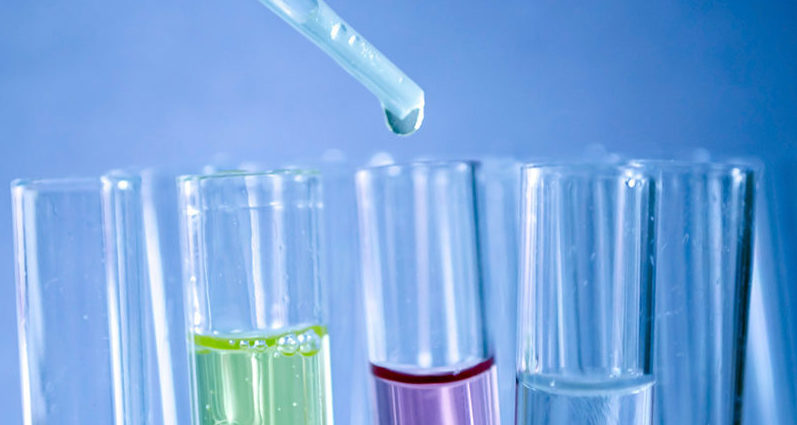The Coast Guard has raised the 2019 minimum random drug-testing rate to 50% of crewmembers, because recent positive results crossed the 1% threshold that triggers a step-up in testing.
It’s the first increase after a six-year stretch while the rate held at 25%.
Employers must submit test data for each calendar year by mid-March of the following year. Starting in 2018, mariners in safety-sensitive positions were being tested for semi-synthetic opioids in addition to marijuana, cocaine, amphetamines, phencyclidine (PCP), and opiates such as heroin.
The Coast Guard in a Federal Register notice in late December said the positive rate for the most recent reporting year “is greater than 1%,” but did not give a precise number. The testing rate is “intended to deter and detect illegal drug misuse in the maritime industry,” the agency said.
The rate can be lowered if the results are less than 1% of covered crewmembers. That’s what happened in 2013, based on two years of good results.
At the time the Coast Guard praised employers and mariners “for their efforts to create a drug-free workplace and encourage[d] marine employers and drug testing service providers to continue to submit accurate, complete and timely” data. But if the rate rises or the data is subpar, then the minimum goes back to 50 percent.
Industry trade associations welcomed the change, saying it would cut operators’ costs while not changing their commitment to drug-free workplaces.
Whether the 50% rate sticks for more than a year may depend on how pervasive opioid use is among mariners. The growing nationwide epidemic prompted the U.S. Department of Transportation to add to its test list hydrocodone, hydromorphone, oxymorphone, and oxycodone, which the Coast Guard describes as the most common prescription drugs of abuse.
Common brand names for these opioids include OxyContin, Percodan, Percocet, Vicodin, Lortab, Norco, Dilaudid and Exalgo.
Mariners who test positive for opioids will have to provide a valid prescription to their medical review officer, the Coast Guard said. If there’s a legitimate medical explanation, the employer will get a negative report. If not, the examiner will report a positive result, and the employer must take the mariner off safety-sensitive duties and notify the Coast Guard.





